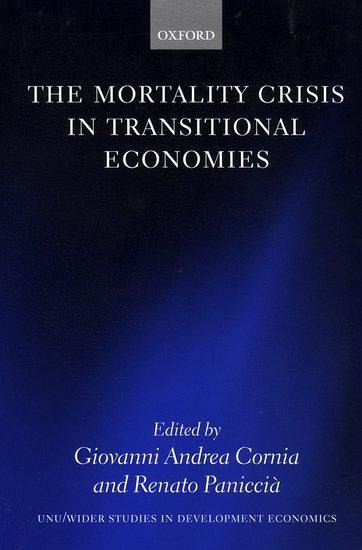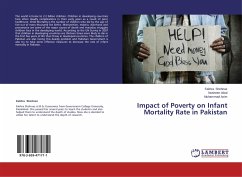
The Mortality Crisis in Transitional Economies
Versandkostenfrei!
Versandfertig in 1-2 Wochen
231,99 €
inkl. MwSt.

PAYBACK Punkte
116 °P sammeln!
In spite of widespread expectations of improvements in living standards and health conditions, in most of the countries of the former Soviet bloc the transition to the market economy was accompanied by a sharp increase in (already high) death rates. Such an increase provoked an 'excess mortality' of some three million people over the period 1989-96 alone, an unprecedented phenomenon in peacetime. Such a crisis remains poorly explained, has generated a limited policy response in the countries concerned and international organizations, and is bound to generate important political and economic repercussions. This book is the first comprehensive assessment of the mortality crisis in transitional economies, of its causes, and of its remedies on the basis - among others - of micro data sets and quasi-panels on health trends which have never been used before. Contributions by demographers, economists, sociologists, epidemiologists, and health experts provide a rigorous analysis of the upsurge in mortality rates, with the aim of contributing to the launch of vigorous policies to tackle the crisis.












